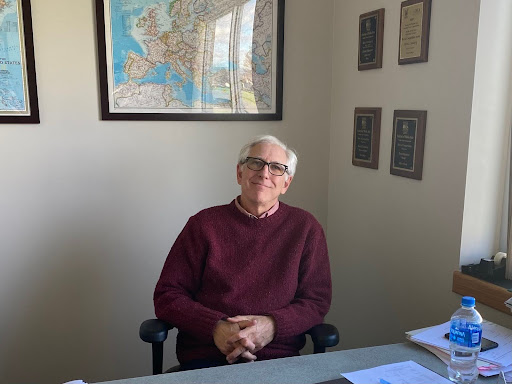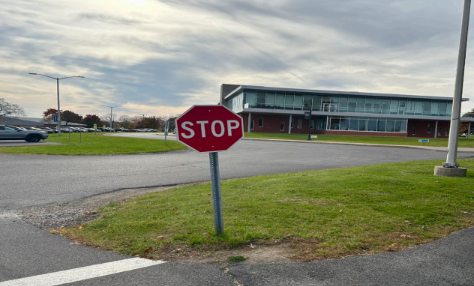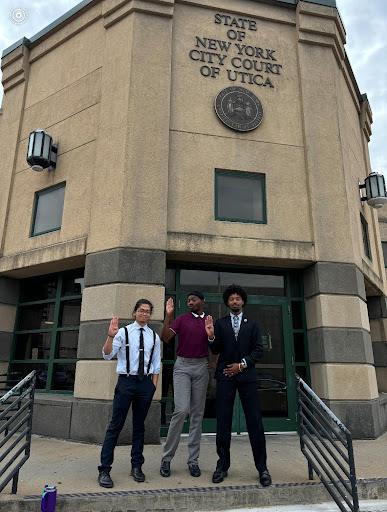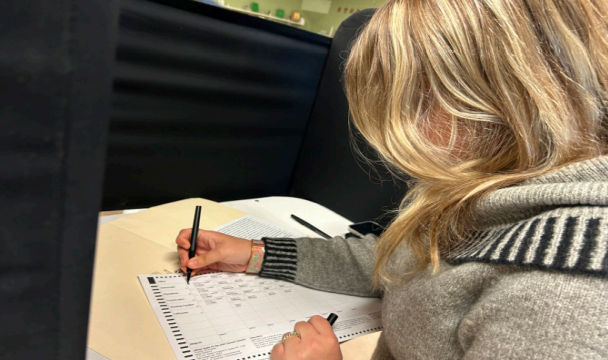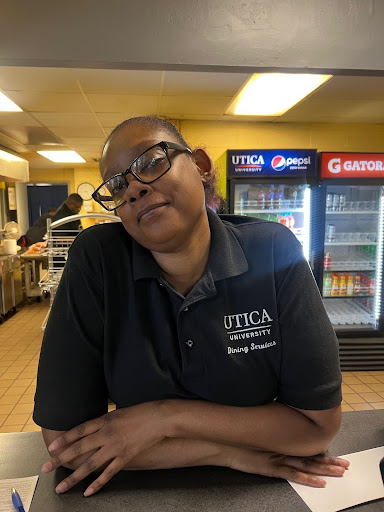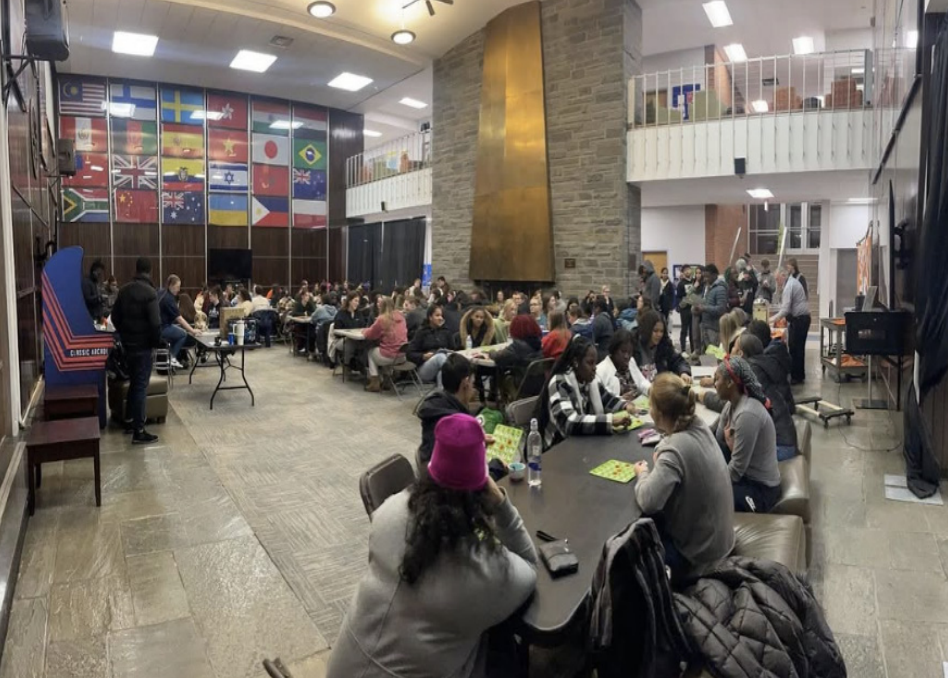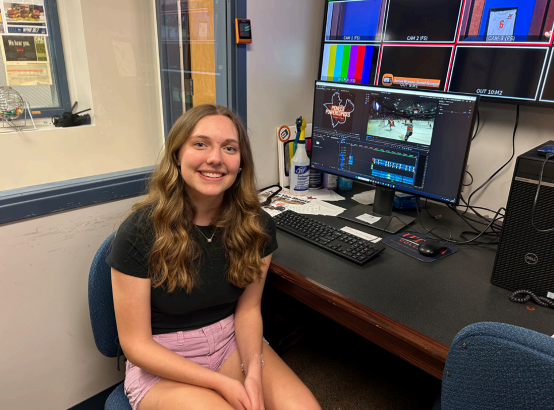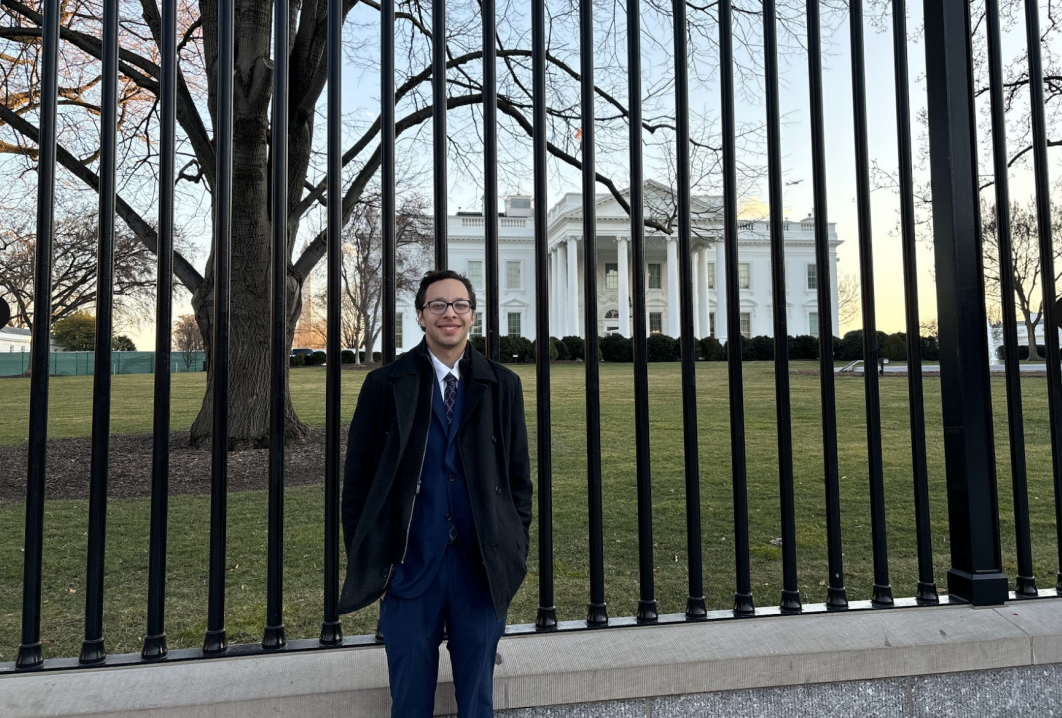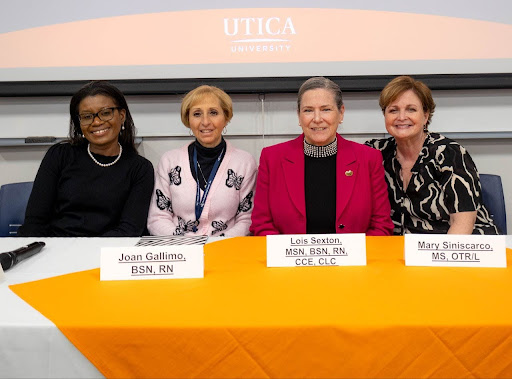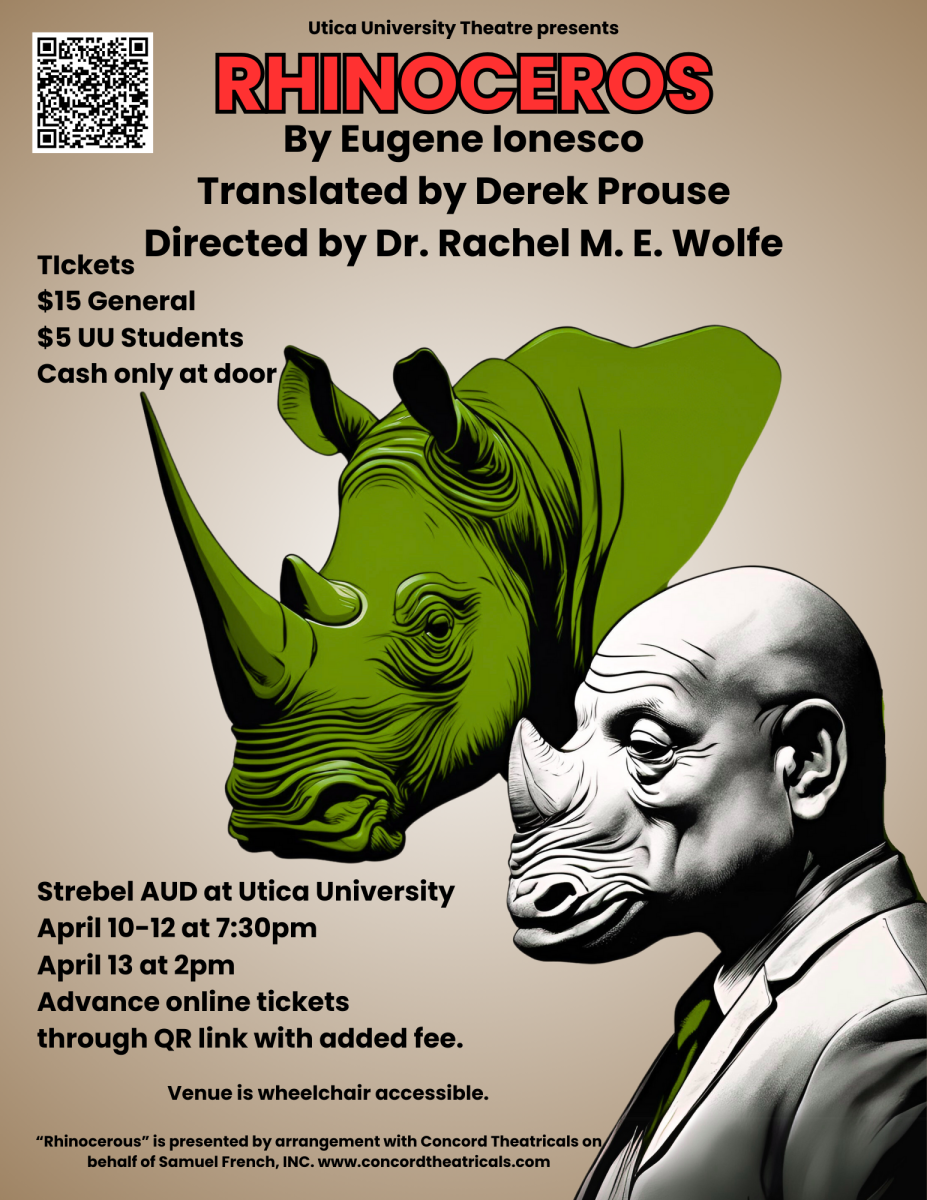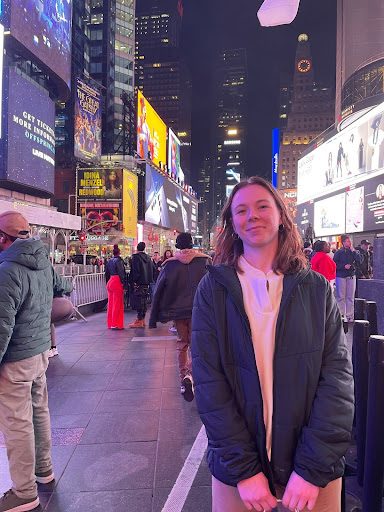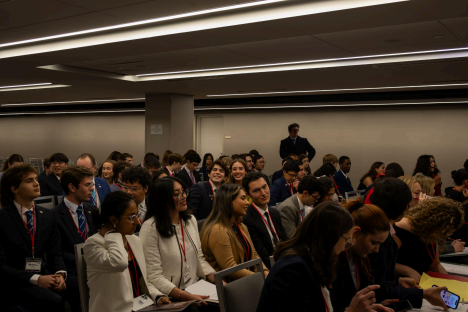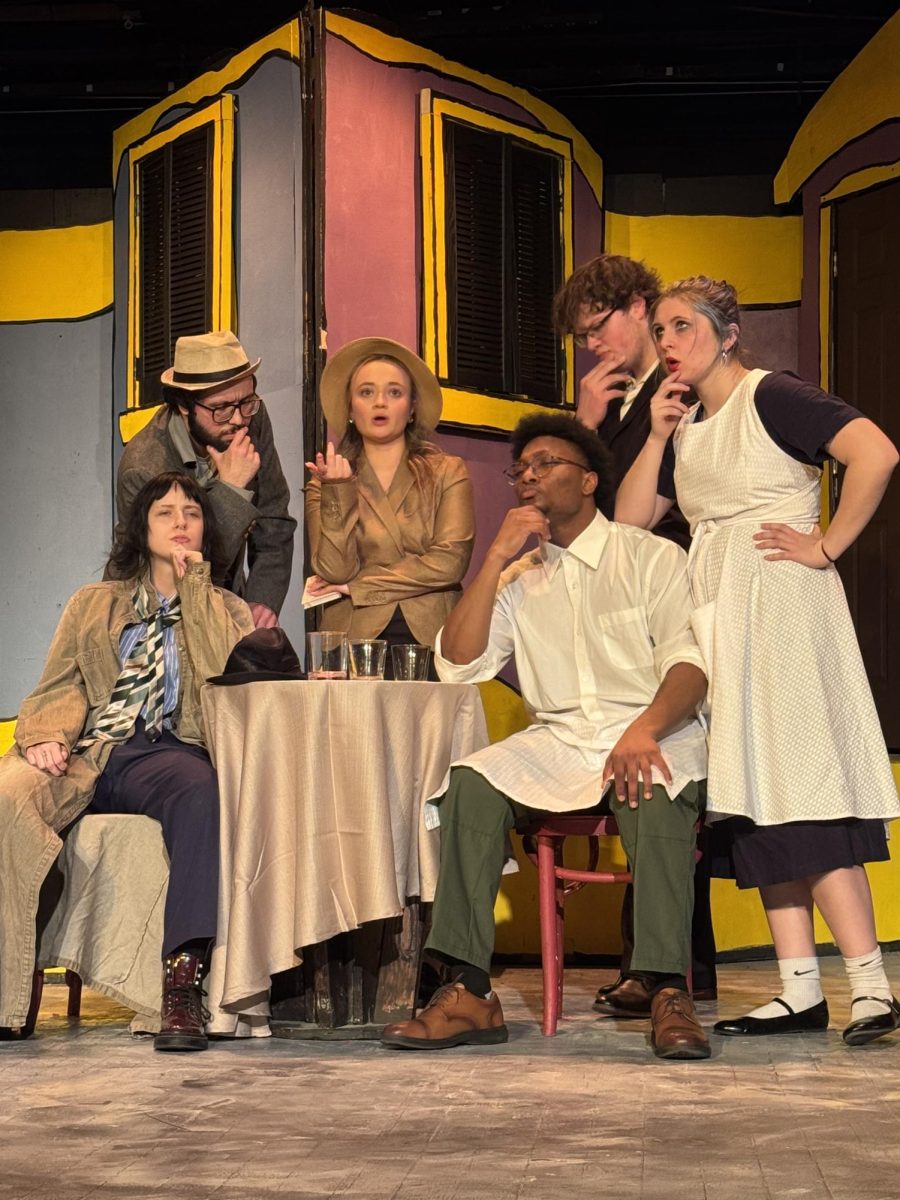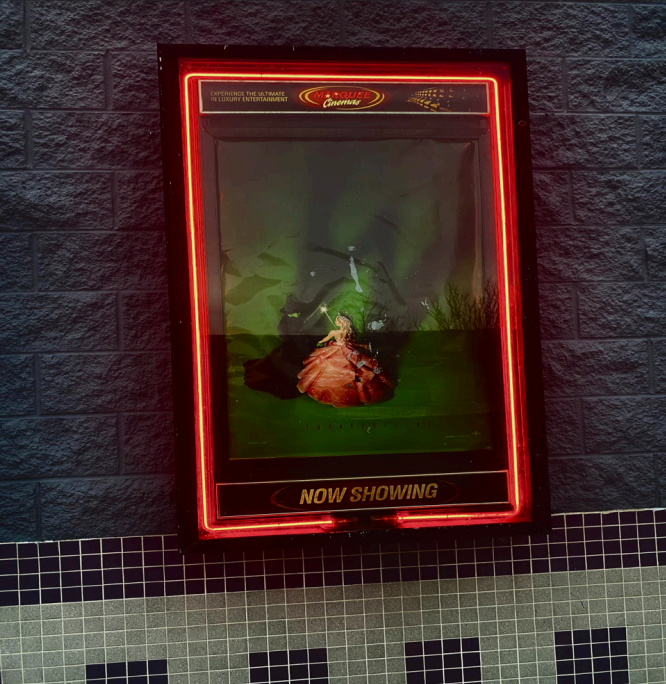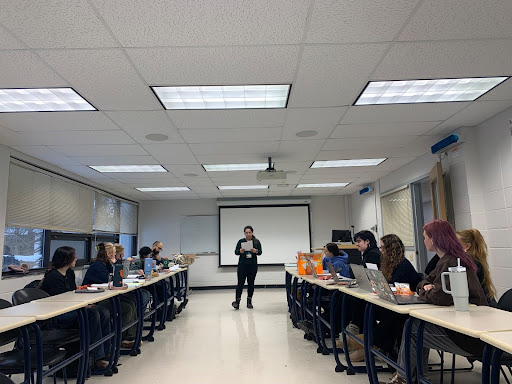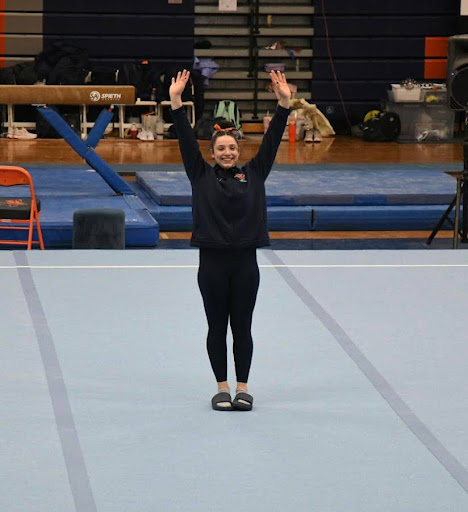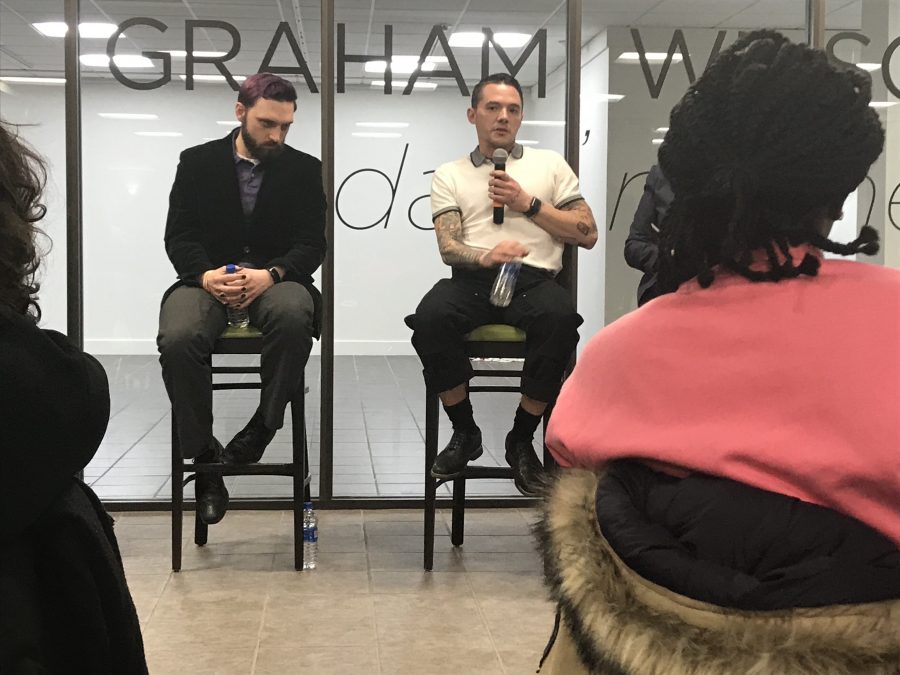On Feb. 21, “Talking Across Differences” held its first event of the semester, “Freedom
of Expression: No Dam in the River.”
The event was centered around artist Graham Wilson’s artwork, now on display in Barrett Art Gallery, and featured a panel discussion on creative expression, talking with others about different responses to the same pieces, free expression, technology and tragedy.
Panelists that took part in the discussion included Wilson, Director of the Barrett Art Gallery Megan Austin, junior neuroscience major Ramiah Jordan, Professor of Creative Nonfiction Suzanne Richardson and Professor of Government Dan Tagliarina.
The panelists had different interpretations of Wilson’s work, which serve as commentaries on American life and politics, and explained their opposing perspectives to each other. Richardson explained that she had heard someone ask how to clean up the wax on the floor from “Eulogy.”
“It’s sort of an off the cuff remark, but it’s not something that occurred to me,” Richardson said. “In terms of looking at that piece, I was not thinking about the problem of the wax on the floor or how it was going to be removed. Then someone came around the corner and said, ‘It scared me,’ like they were afraid it was going to fall.”
According to Wilson, the suspense one feels coming around the corner of his piece wasn’t manipulative, but it was not the first time he has created a piece like that. He previously had a show in Denmark that had crates suspended from the ceiling, which led to spectators having a similar unsettling feeling.
“It was designed to make it seem it would fall at any minute, designed to make someone step back, take you out of your comfort zone, hopefully ask yourself some questions,” Wilson said. “Designed to make people ask questions even, if it’s as simple as, ‘How do I clean that up?’”
Tagliarina talked more about the symbolism of the piece.
“One of the things you actually get is questions of whose responsibility is it to fix the people, to fix the nation, to clean up our own messes,” Tagliarina said. “Which isn’t something that we often talk about. But looking at that (“Eulogy”) piece, it occurred to me.”
If you look closer toward the back of “Eulogy,” you will find hands. One might question whether they are knocking the shelves down or holding them up, which Tagliarina did.
Jordan also had her own interpretation for “Eulogy”.
“One thing I noticed was all different skin tones were coming together for the same purpose,” Jordan said. “If you look at the representation of the colors red, white and blue and take a step back and look at the bigger picture, it’s the flag and it’s the people versus ‘the problem’.”
Jordan also explained that the creation served justice to Junior Guzman-Feliz, whose tragic murder inspired the piece.
“The falling of the candles gives justice to the video of the candles falling at Junior’s vigil,” Jordan said. “The piece in a whole is a justice to Junior. It shows how America failed this child.”
Jordan then made comments about American society, which has “gone cold,” especially when it comes to social media.
“You can go online and go on Facebook Live and you can see people recording murders, suicides,” Jordan said.” I know in my town, I was very disappointed in the people in my community, because they recorded this woman climbing a bridge and jumping. And it was heartbreaking seeing all these people stand there and watch this woman take her life.”
The discussion later shifted to the idea of technology as a witness to tragedy.
“The footage of junior’s stabbing is horrific and scary,” Richardson said. “I think when we talk about conditioning, one thing that we are suddenly jumping towards is technology as a witness. Is it the right thing to do? Is it sometimes in place of where human beings should be? Technology doesn’t understand, it doesn’t interpret, it doesn’t add a human element. Technology is part of the process in our tragedy. If we condition ourselves to be comfortable with technology processing our tragedies for us, what does that say?”
Tagliarina brought up the question of how an educator would properly address the history of violence in this country.
“Do you show pictures of student protesters at Kent State?” he said. “Do you show pictures widely circulating of Emmett Till? These are real images, real people. Is there a way to show this for educational purposes without becoming part of this voyeuristic, technology-driven culture?”
Students said that they think it is very important for professors to be open and honest when it comes to the past.
“I think, personally as a student, I would like to see those images,” Jordan responded to Tagliarina. “Let’s stop trying to hide from it, it happened, it still happened, this is the reality we live in. People celebrated the deaths of other people. Show it, embrace it, learn from it. The only way we can heal is if we embrace the wound.”

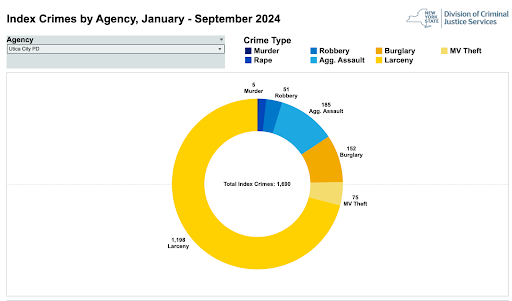



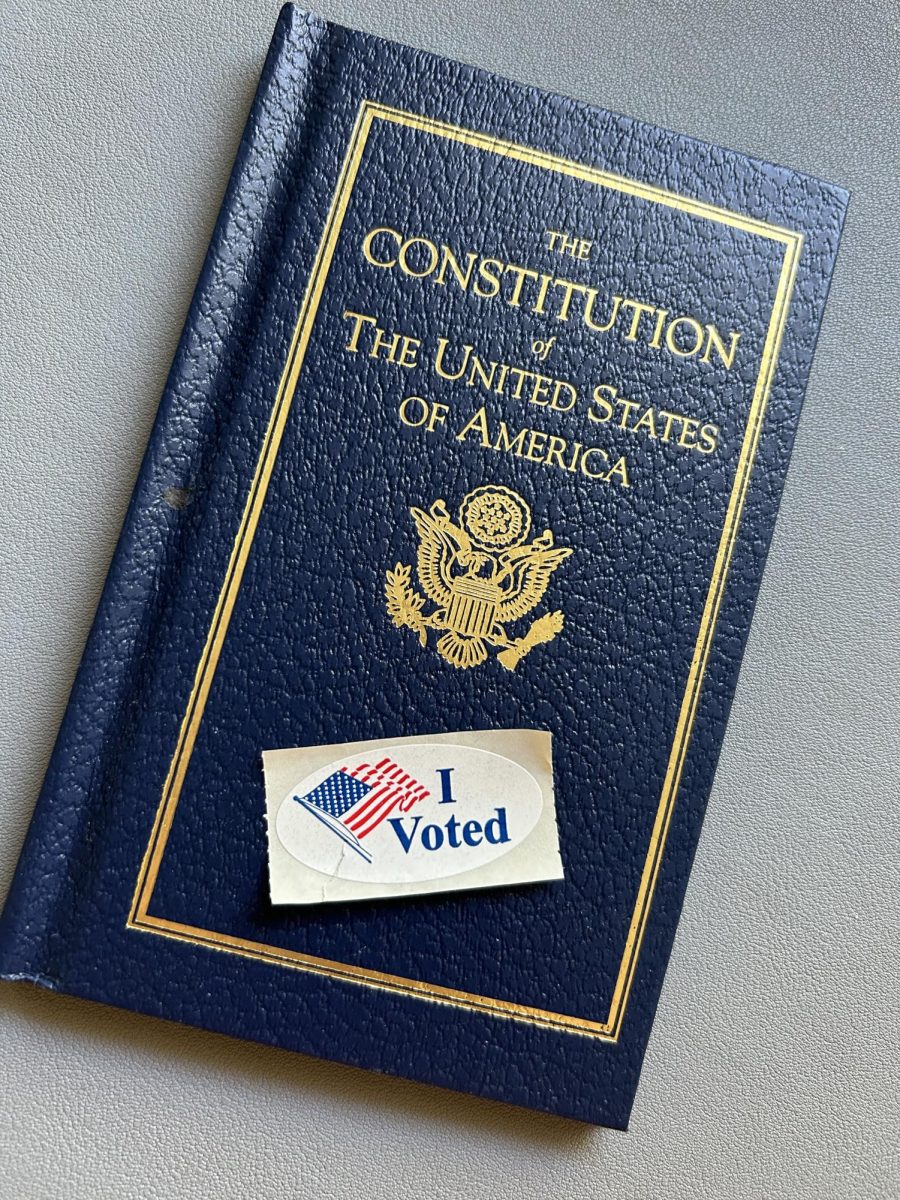








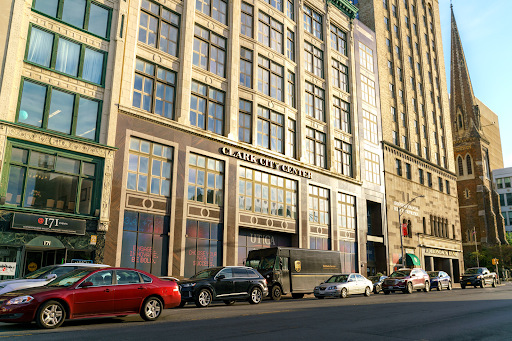



![President Todd Pfannestiel poses with Jeremy Thurston chairperson Board of Trustees [left] and former chairperson Robert Brvenik [right] after accepting the university's institutional charter.](https://uticatangerine.com/wp-content/uploads/2023/10/unnamed.jpeg)
